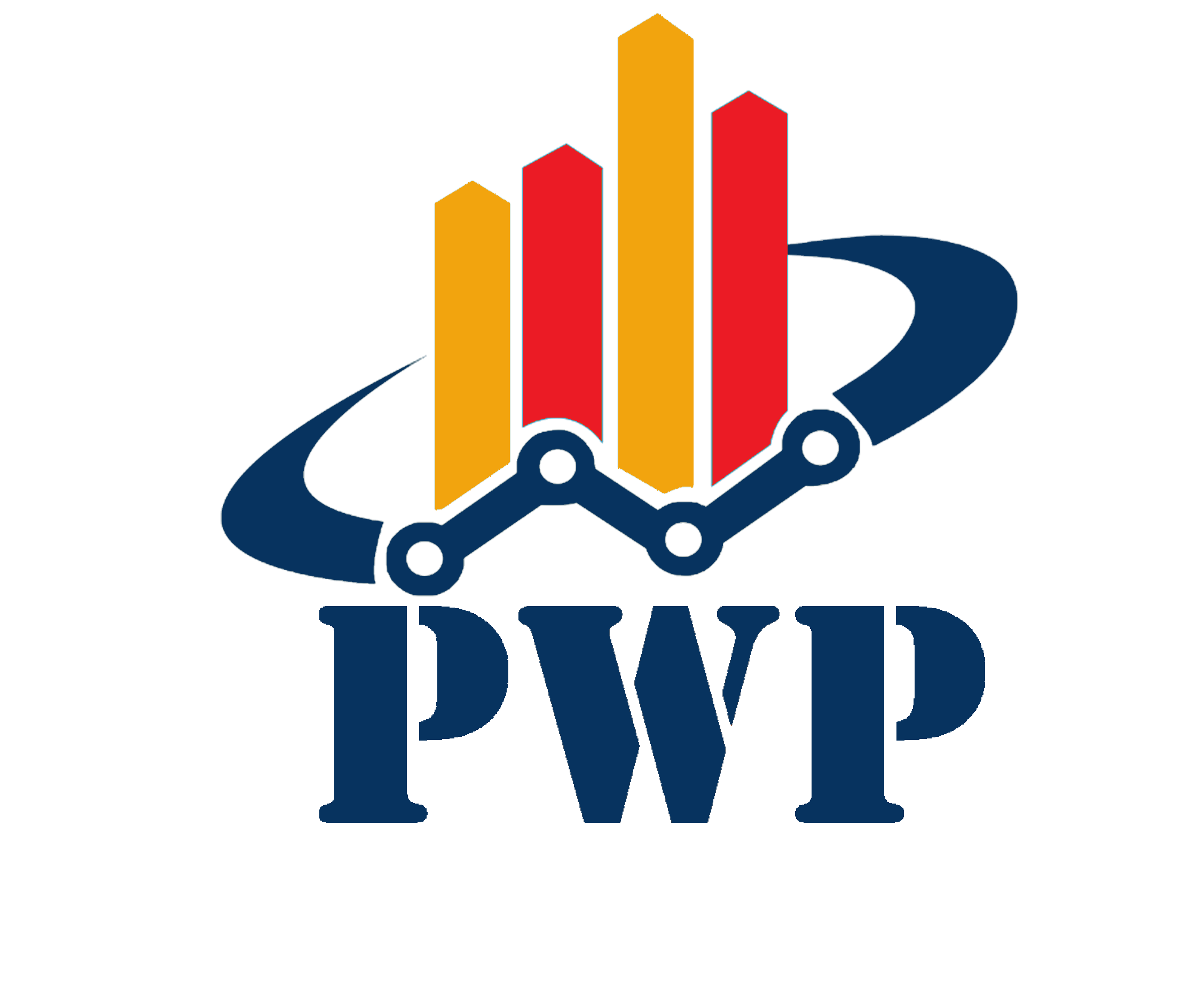The New Manufacturing Revolution: How AI and Digital Twins Are Reshaping Industry
The manufacturing landscape is undergoing a seismic shift that challenges everything we thought we knew about industrial production. Recent insights from NVIDIA’s leadership illuminate a transformation so profound that it’s redefining the very nature of competitive advantage in manufacturing.
Beyond Cheap Labor: The New Economics of Production
For decades, the manufacturing playbook was straightforward: find the lowest labor costs, optimize for volume, and compete on price. That era is rapidly coming to an end. The new manufacturing paradigm isn’t about headcount—it’s about intelligence density. Companies are discovering that the competitive edge now lies not in how many workers they can employ at the lowest cost, but in how sophisticated their automation systems can become.
This shift represents more than an operational change; it’s a fundamental reimagining of what manufacturing means. The factories of tomorrow won’t be measured by square footage or worker capacity, but by their computational power and AI sophistication.
The Simulation-Automation Formula
At the heart of this transformation lies a powerful combination: simulation paired with automation. This isn’t simply about robots replacing humans on assembly lines. Instead, it’s about creating intelligent manufacturing ecosystems where digital twins—precise virtual replicas of physical systems—enable unprecedented levels of optimization and prediction.
These digital twins serve as testing grounds for infinite scenarios, allowing manufacturers to simulate months or years of production variations in mere hours. When combined with advanced automation systems, this creates what industry leaders are calling “manufacturing intelligence”—the ability to adapt, optimize, and evolve production processes in real-time.
AI as the Manufacturing Operating System
We’ve reached an inflection point where AI has evolved from being a useful tool to becoming the central nervous system of modern manufacturing. This transition marks a critical distinction: AI is no longer something manufacturers use; it’s something they are built upon.
From initial product design through final deployment, AI now drives decision-making at every stage. It optimizes supply chains, predicts equipment failures before they occur, manages quality control with superhuman precision, and continuously refines production processes based on real-time data analysis.
This integration creates manufacturing environments that are not just automated, but truly intelligent—systems that learn, adapt, and improve without human intervention.
The Ripple Effect Across Industries
The implications extend far beyond traditional manufacturing. As AI infrastructure becomes the foundation of industrial operations, we’re witnessing transformation across sectors that previously seemed immune to such radical change. Healthcare equipment production, aerospace manufacturing, automotive assembly, electronics fabrication—every industry that creates physical products is being reimagined through this lens.
The companies that recognize and adapt to this shift early will find themselves with insurmountable advantages. Those that continue to operate under the old paradigm of labor-cost optimization will discover they’re competing with entirely different rules.
A New Industrial Revolution
This transformation represents more than technological evolution—it’s a full-scale industrial revolution comparable to the introduction of electricity or the assembly line. The speed of change is accelerating, driven by advances in AI capabilities, computing power, and the maturation of digital twin technologies.
Unlike previous industrial revolutions that unfolded over decades, this transformation is happening in real-time. Companies aren’t gradually adopting these technologies; they’re implementing comprehensive AI-driven manufacturing systems that immediately transform their capabilities.
The Imperative for Leaders
For business leaders, particularly those in technology, manufacturing, or related industries, this shift demands immediate attention and strategic response. The window for gradual adaptation is closing rapidly. Companies must move beyond pilot programs and proof-of-concepts to full-scale implementation of AI-driven manufacturing intelligence.
The question is no longer whether to embrace this transformation, but how quickly and comprehensively organizations can restructure their operations around these new realities. The competitive landscape is being redrawn, and position in this new order will be determined by actions taken today, not tomorrow.
Looking Forward
As this revolution accelerates, we can expect to see the emergence of manufacturing capabilities that seemed like science fiction just years ago. Factories that can retool themselves for entirely new products overnight, production systems that predict and prevent problems before they occur, and manufacturing networks that operate with a level of efficiency and adaptability that human-managed systems could never achieve.
The future of manufacturing isn’t just being written—it’s being built, simulated, and optimized by AI systems that are already operational today. The companies and leaders who understand this aren’t just preparing for the future; they’re creating it.




